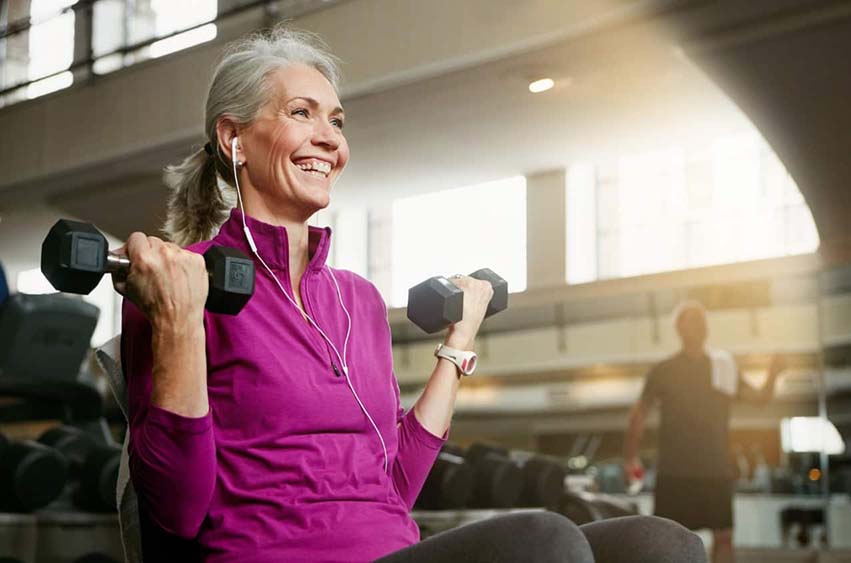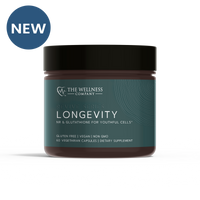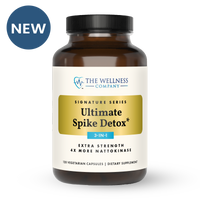Is it Safe to Lift Weights with Osteoporosis?

When I started treating Sue, she was an active mom who loved running, hiking, and lifting weights.
Despite the occasional injury, she felt physically robust.
One day, at the beginning of our Physiotherapy session, Sue had bad news: She had been diagnosed with osteoporosis.
Her doctor advised her to stop running and to avoid fast walking, as these activities could cause a fracture.
This woman – who a day prior felt empowered and capable – was now paralyzed with fear that her spine could snap at any moment.
If you’re among the millions of Americans living with osteoporosis [1], you may have been given similar guidance.
While exercising extreme caution makes sense in theory, recent research suggests that in practice, this advice may lead to poor long-term outcomes.
The Background on Bone
First, some background on bone.
Like all biological tissue, bone is very much alive, constantly being remodelled in response to stress.
Normally old bone is recycled and new bone is laid down at an equal rate [2].
When this process is disrupted and bone density drops below a certain threshold, we call that osteoporosis (porous bone).
Osteoporosis puts you at risk of fracture with activities that stress your bones.
But how much risk? How much stress is too much?
Is there any way to restore bone density? These are the questions that anyone diagnosed with osteoporosis inevitably asks.
After our consult, I told Sue I would scour the research to determine whether exercise was safe.
I knew that inactivity was a recipe for fragility [3].
But how much exercise was optimal to maintain bone density without risking a fracture?
The Radical Study that Changed My Treatment Approach
Amid my literature search, I came across a study which radically changed how I treat osteoporosis.
In 2018, researchers in Australia randomized 101 women with low bone mass into one of two exercise programs [4]:
Group 1 lifted really heavy weights (80-85% maximal intensity) twice a week for 8 months.
Group 2 exercised for the same duration, but with lighter weights (60% intensity).
After 8 months, researchers measured bone density in both groups, and found that group 1 not only maintained their bone density but improved it significantly from baseline.
Group 2, by contrast, saw a significant deterioration in bone density.
Despite the intense protocol, there were zero injuries in the study.
Before you rush to the squat rack, a disclaimer:
The participants built up their intensity gradually and were supervised by professionals.
I don’t recommend anyone with osteoporosis engage in exercise without consulting with a healthcare professional.
As for Sue? She’s doing great. She incrementally eased back into the gym using the protocol outlined by the research and rebuilt her confidence.
As a result, she’s back to running and recently deadlifted 100 pounds.
These findings question the narrative of caution often provided to people with osteoporosis. By promoting a sedentary lifestyle, are we ensuring safety, or breeding fragility?
After all, biological systems, unlike machines, are antifragile – they need stress to get stronger. It’s the dose – I’ve learned – that makes the poison.
Video: The LIFTMOR trial
References
[1] Wright, N. C., Looker, A. C., Saag, K. G., Curtis, J. R., Delzell, E. S., Randall, S., & Dawson‐Hughes, B. (2014). The recent prevalence of osteoporosis and low bone mass in the United States based on bone mineral density at the femoral neck or lumbar spine. Journal of bone and mineral research, 29(11), 2520-2526.
[2] Föger-Samwald, U., Dovjak, P., Azizi-Semrad, U., Kerschan-Schindl, K., & Pietschmann, P. (2020). Osteoporosis: Pathophysiology and therapeutic options. EXCLI journal, 19, 1017.
[3] LeBlanc, A. D., Spector, E. R., Evans, H. J., & Sibonga, J. D. (2007). Skeletal responses to space flight and the bed rest analog: a review. Journal of Musculoskeletal and Neuronal Interactions, 7(1), 33.
[4] Watson, S. L., Weeks, B. K., Weis, L. J., Harding, A. T., Horan, S. A., & Beck, B. R. (2018). High‐intensity resistance and impact training improves bone mineral density and physical function in postmenopausal women with osteopenia and osteoporosis: the LIFTMOR randomized controlled trial. Journal of Bone and Mineral Research, 33(2), 211-220.














